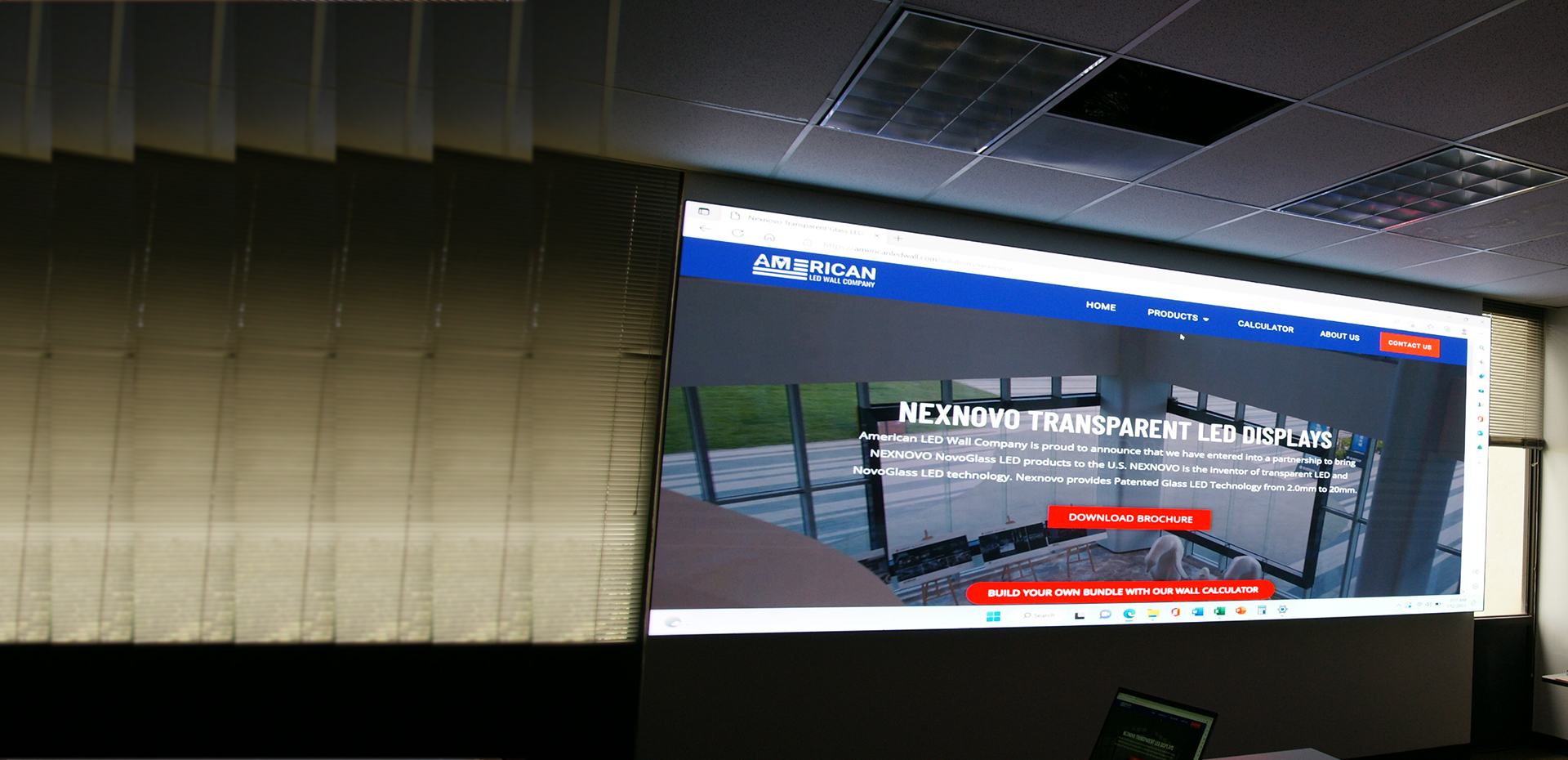Investigating various Impact of Different LED Techniques regarding Brightness Intensities and Their Uses
Wiki Article

Illumination Emitting Diodes, commonly recognized as light-emitting diodes, have transformed the way we consider about illumination. These tiny components create illumination when an electrical flow flows across them. The brightness levels of LEDs vary significantly depending on the type of technology used. Different LED technologies such as standard LEDs, high-power LEDs, and organic LEDs (OLEDs) provide distinct advantages and applications. Comprehending these variations helps consumers and industries select the most appropriate LED solutions for their needs.
Standard LEDs are the most common type and are widely utilized in daily applications such as signal lighting on devices and aesthetic illumination. They generally produce a reduced level of illumination, which renders them appropriate for applications where lower intense illumination is needed. Such LEDs are energy-conserving and have a extended service life, which is why they are preferred for utilization in homes and workplaces. Their efficiency is measured in lumens per watt, making them an cost-effective choice for low-intensity lighting solutions.
Powerful LEDs, on the other hand, are designed to generate substantially more light than standard LEDs. Such LEDs can be located in applications that demand intense illumination, such as roadway custom led video wall solutions lighting, automotive lighting, and industrial lighting. The increased lumens results from the ability to handle greater levels of electrical current, permitting them to emit more lumens. discover here High-power LEDs are also energy-conserving, rendering them a popular choice for outdoor and business lighting initiatives where sight and security are vital.
Flexible LEDs (OLEDs) offer another innovative alternative in the LED landscape. In contrast to traditional LEDs, OLEDs utilize organic compounds to produce light. This technology allows for thinner and more flexible designs, rendering OLEDs ideal for modern screens such as TVs, smartphones, and portable devices. Although OLEDs can provide excellent color quality and clarity, they are generally more costly and have a shorter lifespan compared to standard and high-power LEDs. Their unique characteristics make them appropriate for applications where design and aesthetic quality are valued, such as in premium consumer electronics.
The selection of LED technology ultimately is based on the specific needs of the user. Considerations such as luminance, energy efficiency, and usage requirements play a major role in determining what type of LED is best suitable. As technology continues to advance, the evolution of LED products will likely result to even more effective and versatile illumination solutions for different industries and everyday use. Grasping the influence of various LED technologies on luminance levels is essential for executing informed decisions about illumination options in both home and business settings.